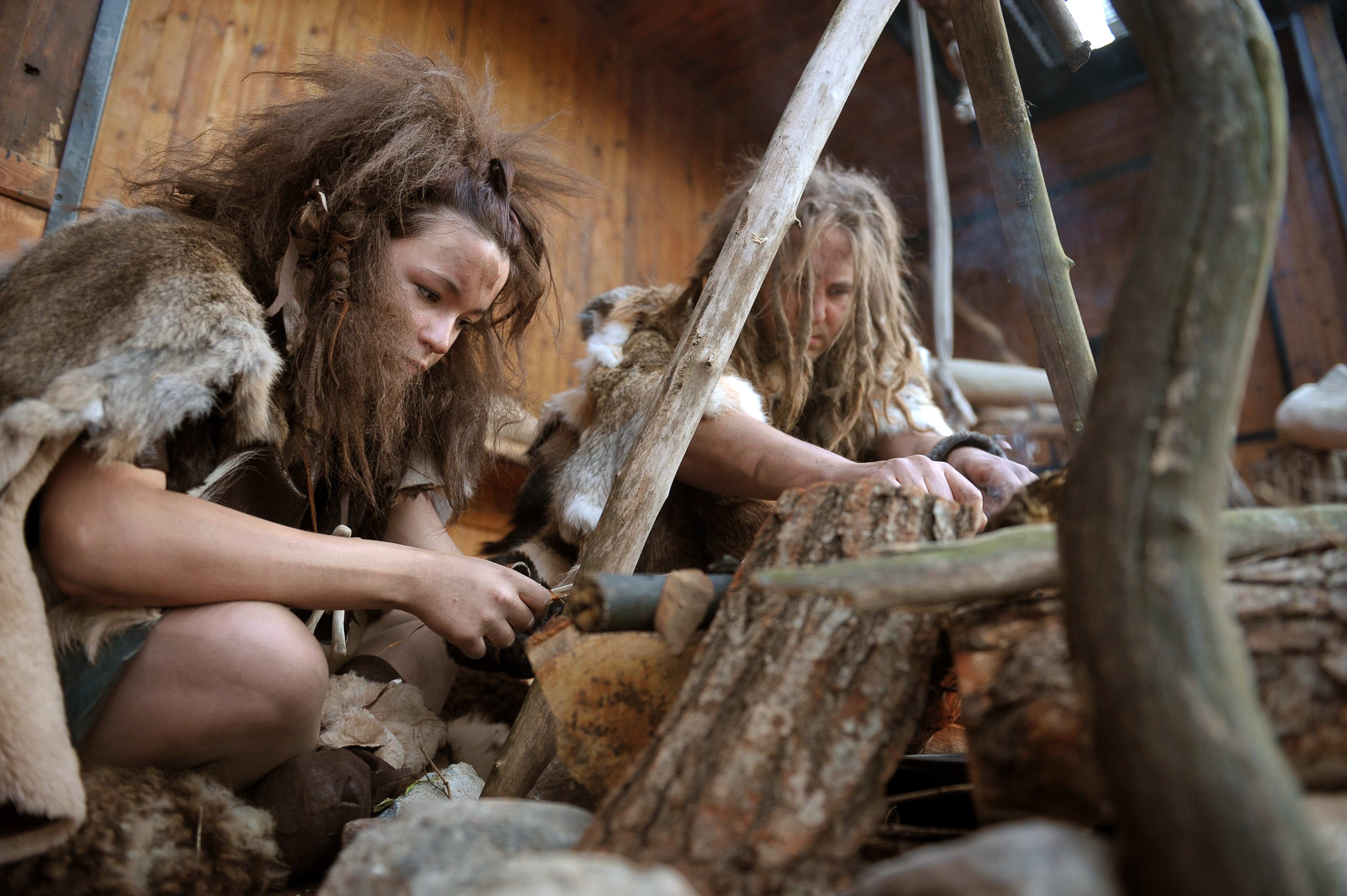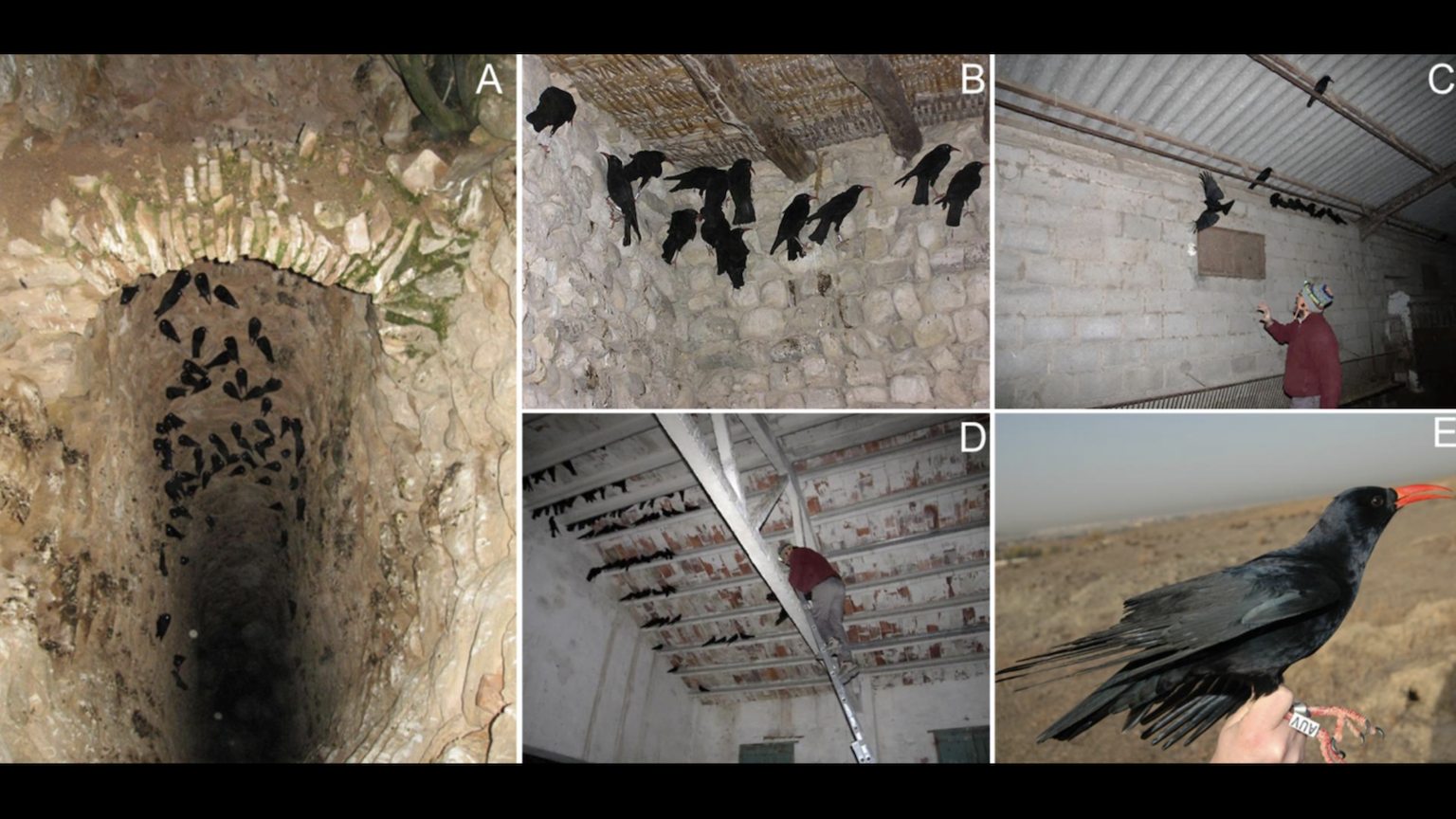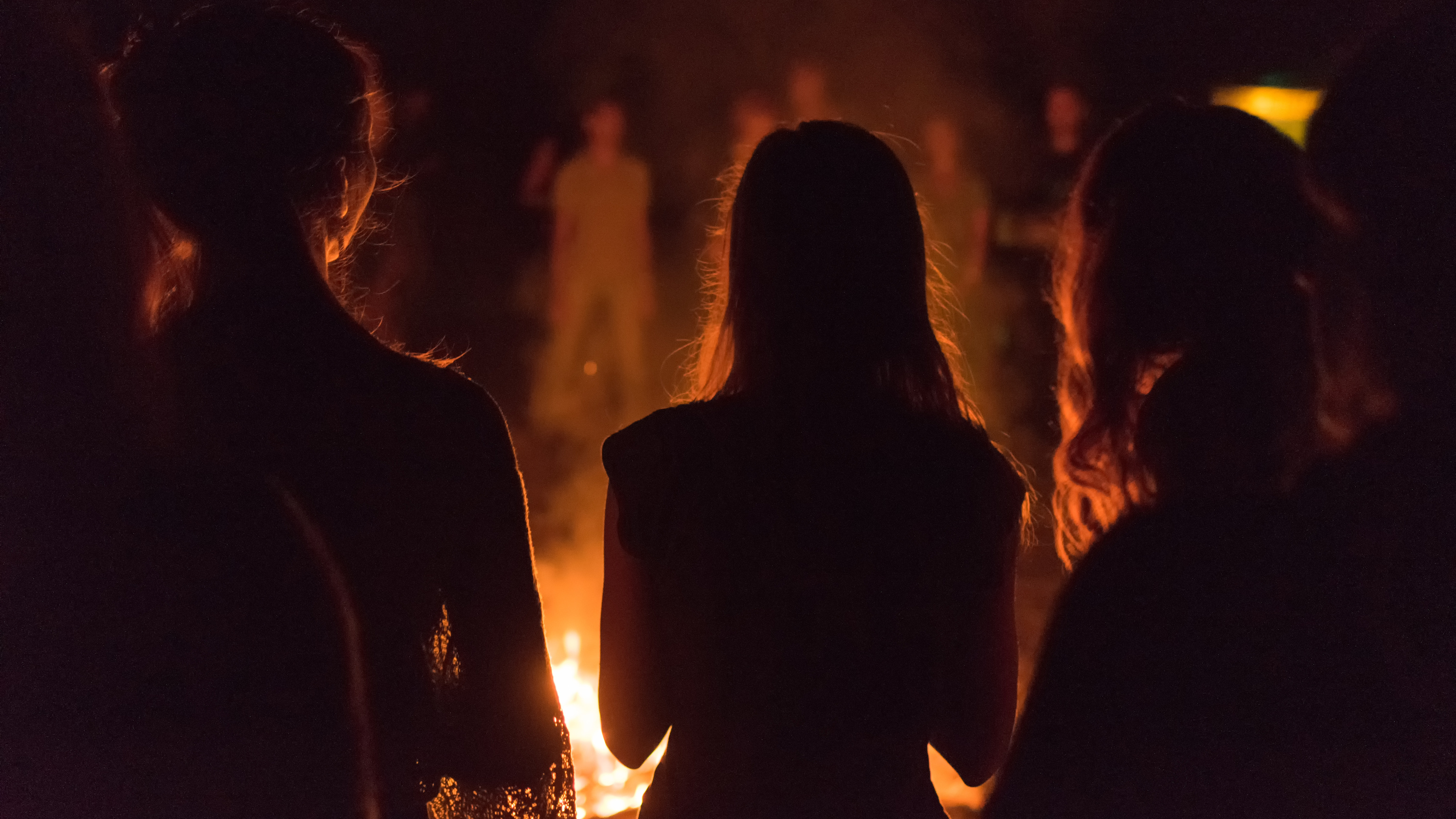A new spin on the paleo diet: Ancient humans routinely practiced cannibalism

- While we like to think of our human ancestors as noble hunter-gatherers, evidence suggests they might have engaged in brutal cannibalism surprisingly often.
- Researchers have found evidence of butchery, gnawing, filleting, and cooking on human bones at sites around the world.
- It’s unlikely that ancient humans actually hunted each other. Instead they may have consumed their fellow species members opportunistically or ritualistically.
Our Paleolithic ancestors ate each other. We (Homo sapiens) did it. Neanderthals did it. Homo erectus and Homo antecessor did it. It’s highly likely that almost all hominins have practiced cannibalism in some form. The only questions are “why” and “how much”?
A new spin on the paleo diet
From our privileged position today as the apex species on planet Earth, with a relative bounty of plant and animal food compared to times past, cannibalism is almost universally abhorred. But did this aversion exist among our ancestors? Scientists generally view Paleolithic cannibalism as the exception, not the norm, but maybe that’s just wishful thinking. Picturing our ancients as noble hunters and gatherers is preferable to viewing them as brutish, opportunistic cannibals.
As Dr. James Cole, a principal lecturer in archaeology at the University of Brighton, wrote in Ig Nobel Prize-winning research published in 2017, “Given the sparse nature of the hominin fossil record, the fact that we have evidence for cannibalism at all infers that the behavior was perhaps more common within prehistoric populations than the number of archaeological sites suggests.”
Cole described a few clear signs on fossilized human bones that suggest cannibalism:
- “lack of a cranial base (to get to the brain) on otherwise complete or near-complete skeletons;”
- “virtual absence of vertebrae (due to crushing or boiling to get at bone marrow and grease);”
- “cut- and chop-marks;”
- “comparable butchering techniques on human remains as in faunal (food) remains;”
- “post-processing discard of hominin remains similar to faunal remains;”
- “evidence of cooking in the form of burnt bone;”
- “human tooth marks”
These indicators have been spotted at ancient human sites around the world, from 10,000 to nearly 1 million years before present. At Troisième caverne of Goyet in Belgium, researchers found evidence that around 45,000 years ago, Neanderthals butchered then ate some of their dead and used their bones as tools. And in Gough’s Cave in the United Kingdom, anthropologists discovered bite marks on 15,000-year-old Homo sapiens bones, as if the long-ago eaters were trying to scrape off every millimeter of nutritious muscle. They also turned up hundreds of filleting marks and ritualistic incisions on bones, and even unearthed skulls apparently modified for use as cups.
Who’s for dinner?
So did humans cannibalize others opportunistically, perhaps upon the death of a group member? Was it more out of necessity, in situations of starvation? Or did humans in rival groups hunt each other like they might a deer or a boar? Cole tried to answer that question by calculating the number of calories in an adult man. He found it to be about 143,771, enough to feed a group of about 25 adult humans for half a day.
He reasoned that this nutritional prize wouldn’t really be worth the trouble, especially compared to hunting a horse, an aurochs (wild ox), or a mammoth, ruling out the notion that ancient humans regularly hunted each other. “A single large fauna individual returns many more calories without the difficulties of hunting groups of hominins that were as intelligent and resourceful as the hunters,” Cole wrote.
That means Paleolithic cannibalism was more likely carried out opportunistically, by necessity, or perhaps for ritualistic purposes, Cole added. Ancient culture undoubtedly factored in, but on that topic, we may forever be kept in the dark.





